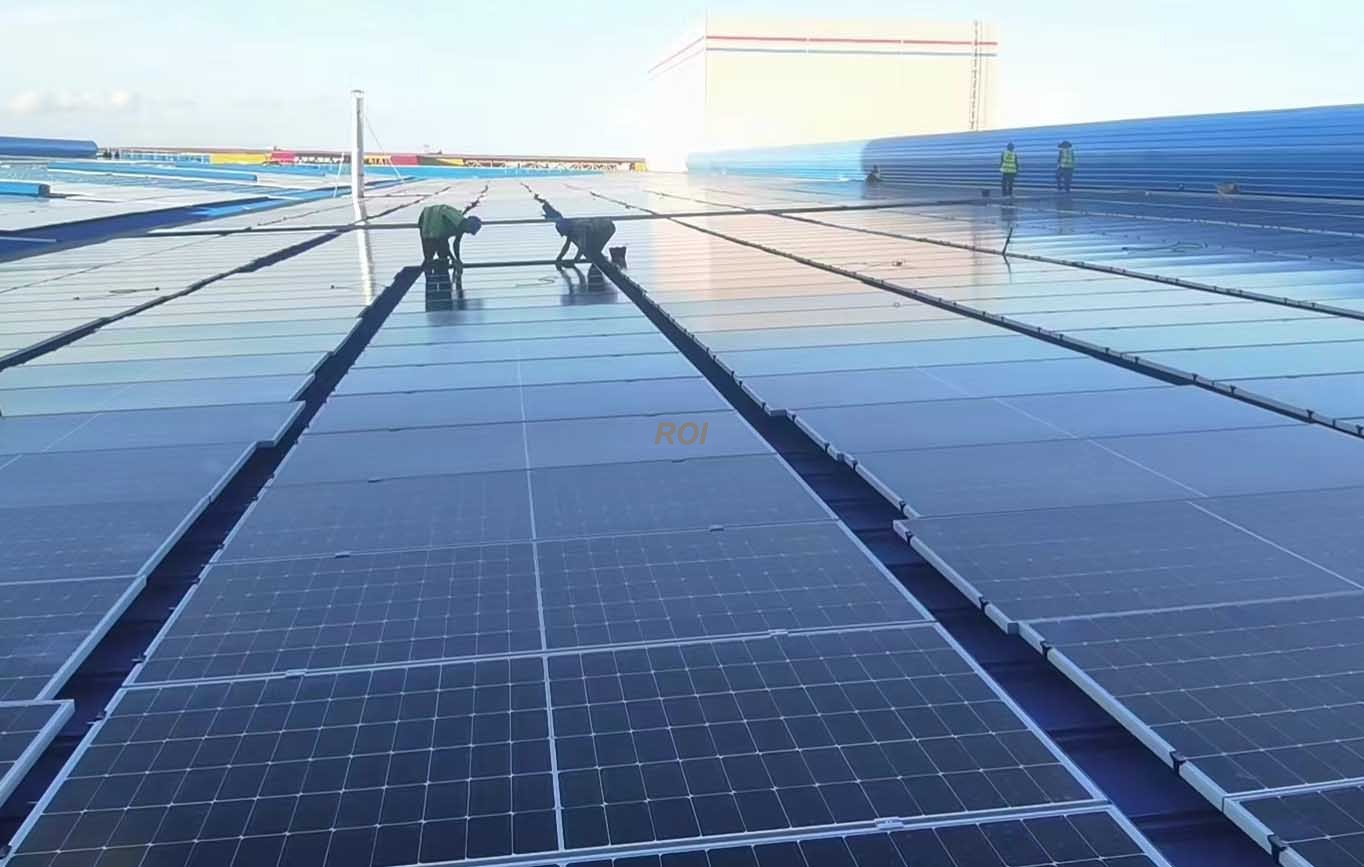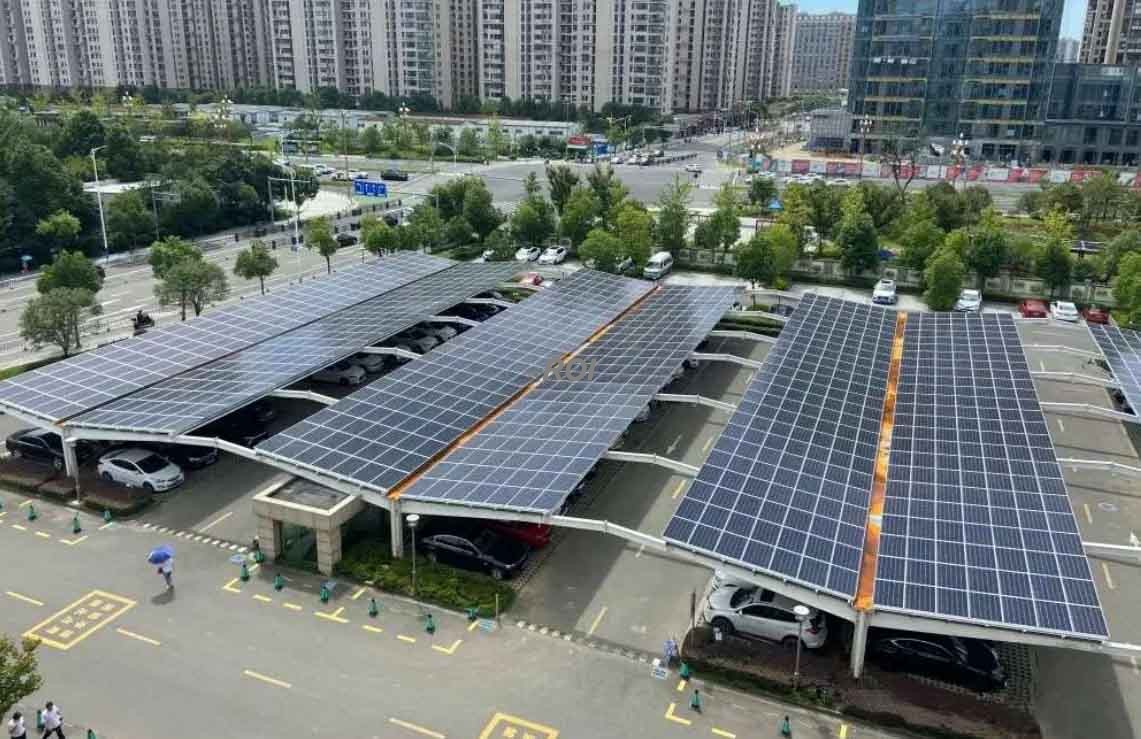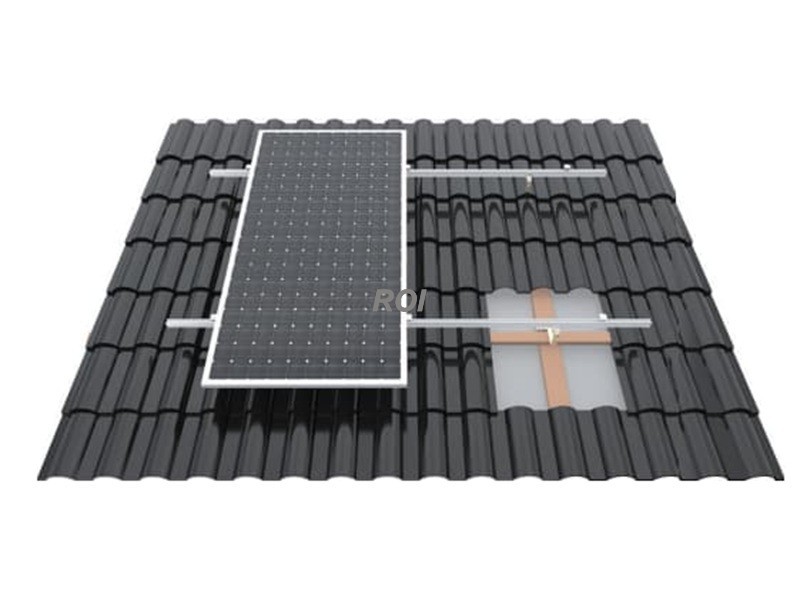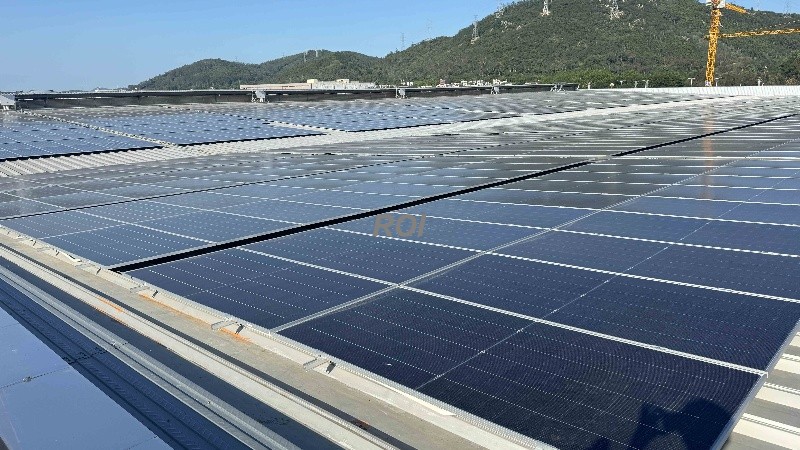1. Superior Load-Bearing Performance:
The color steel tile roof support system of the solar panels standing seam metal roof is meticulously designed and calculated to withstand various forces, including the self-weight of the roof, wind and snow loads, and loads from personnel maintenance.
High-strength steel and a rational structural form ensure that the roof remains stable even under extreme weather conditions, providing reliable safety protection for the people and equipment inside the building.
2. Outstanding Wind Resistance:
In coastal areas or windy regions, wind resistance is a crucial indicator for measuring the safety of roof structures.
The color steel tile roof support system for the pv panel mounting system effectively enhances the roof’s wind resistance through optimized support layouts and reliable connection methods.
Specialized wind-resistant clips and connectors can firmly secure the color steel tiles, reducing the damage caused by wind suction and minimizing the risk of the roof being lifted off.
3. Convenient Installation and Maintenance:
The prefabricated color steel tile roof support system for the mounting solar panels on a metal roof adopts standardized components and modular design, making the installation process as simple as building blocks.
Construction workers only need to assemble the components according to the design drawings using specialized tools, without the need for complex construction equipment or advanced construction techniques.
This not only improves construction efficiency but also reduces safety risks during construction.
Moreover, since each component of the support system is relatively independent, it is convenient to replace damaged or aged components during later maintenance and inspection.
Good Economic Efficiency:
In the long run, the color steel tile roof support system of the mounting systems solar offers high cost-effectiveness.
Although its initial investment may be slightly higher than some traditional roof support structures, its long service life, low maintenance costs, and fast construction speed can effectively reduce the full life cycle cost of the building.
Meanwhile, the lightweight nature of the color steel tile roof also reduces the load on the building foundation, further cutting down construction costs.
























